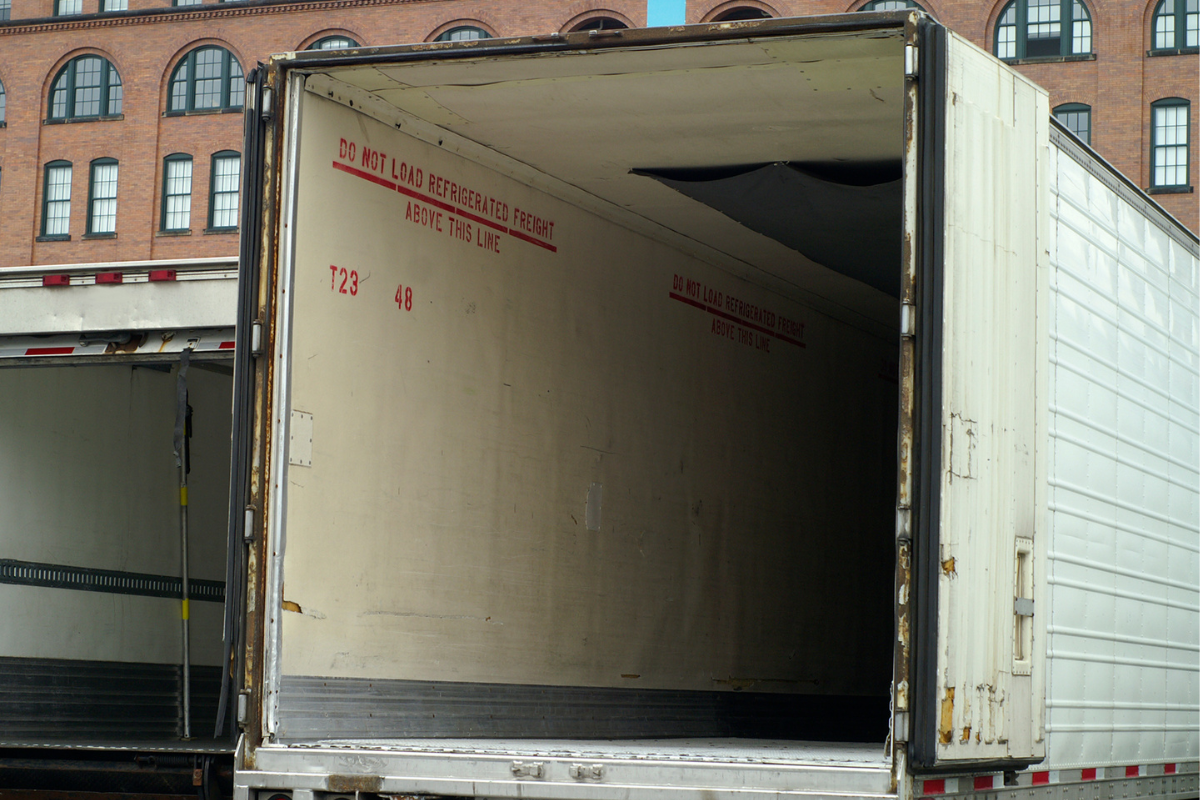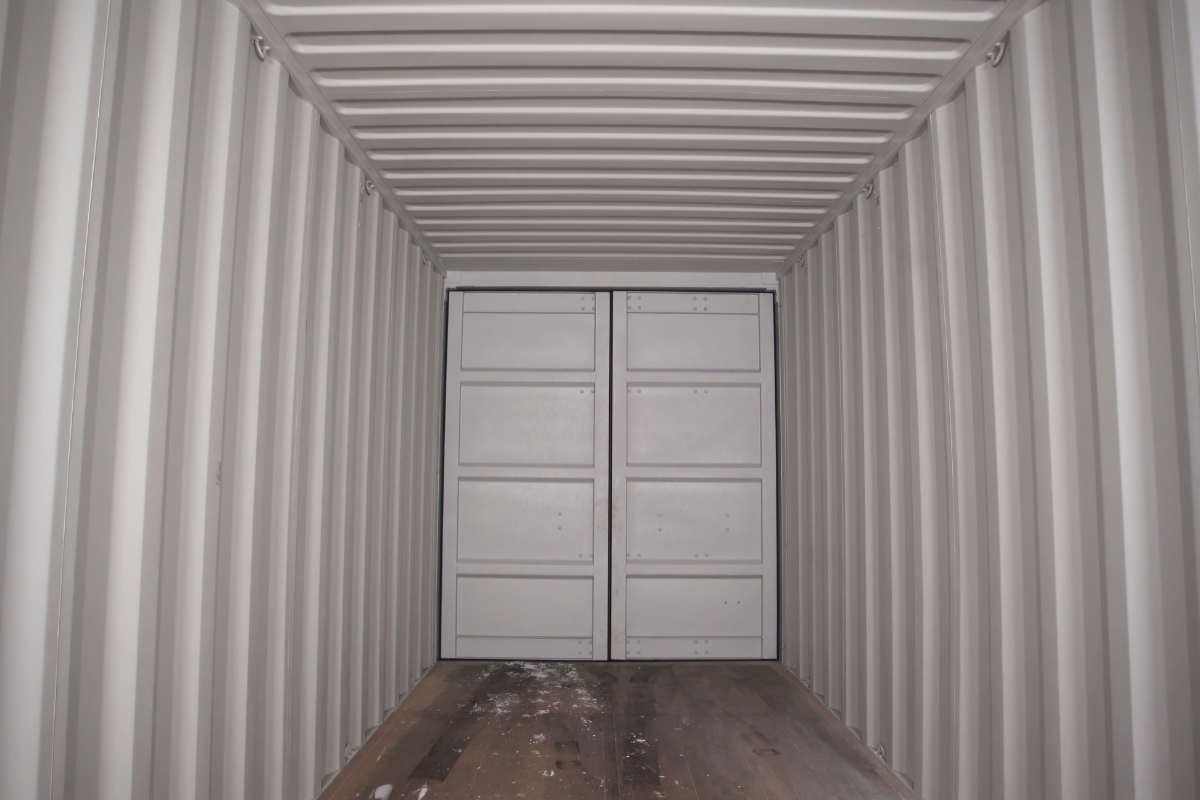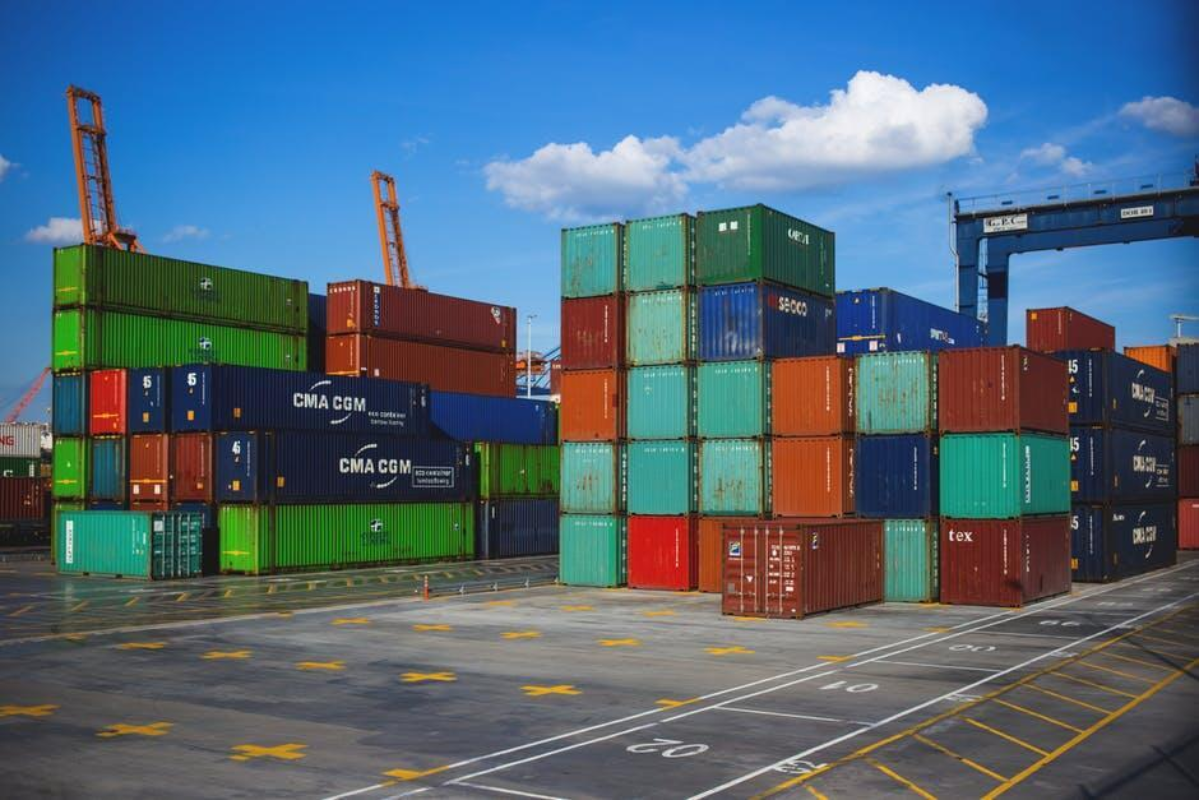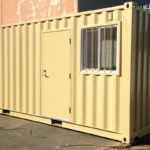If you’re in the business of shipping goods, you know that packaging is more than a cardboard box and some bubble wrap.
The routing and final delivery can expose the contents to a range of environmental conditions. This can compromise their integrity.
A non-insulated and an insulated shipping container are both tools in the endless quest to keep shipped items safe. But how do they differ, and which is the best fit for your small business?
We’ve got you. Read on to determine which is the smarter investment for your shipping needs.
Post Contents
- 1 Insulated Shipping Container: Keeping Cool Under Pressure
- 2 Non-Insulated Shipping Container: More Than Meets The Eye
- 3 Main Differences and Considerations
- 3.1 Climate Play
- 3.2 Product Sensitivity
- 3.3 Cost Calculation
- 3.4 Transport Frequency
- 3.5 Shipping Location
- 3.6 Assessment of Your Customer Base
- 3.7 Environmental Impact
- 3.8 Customization and Flexibility
- 3.9 Additional Protective Measures
- 3.10 Inner Liners
- 3.11 Drying Agents
- 3.12 Damage Indicators
- 3.13 Gel Packs or Dry Ice
- 3.14 Shock Absorbing Materials
- 3.15 Moisture Absorbers
- 4 Making The Right Choice For Your Business
Insulated Shipping Container: Keeping Cool Under Pressure
Insulated shipping containers are the champions of temperature control during transit. The insulation is often made of materials like foam or wool. They create a thermal barrier between the items inside and the external environment.

Why Insulation Matters
Proper insulation is crucial when the nature of your product can be altered by temperature variations. Perishable goods like food, pharmaceuticals, and certain chemicals require strict temperature maintenance.
Insulated containers cut the risk of spoilage. They ensure that products arrive in the same state they were dispatched.
Best Uses
For frozen food, meats, vaccines, flowers, and cosmetics sectors, insulated containers are indispensable.
They’re also great for industries that might ship to a range of climates or locations. If you’re shipping perishable goods, it never hurts to go the extra mile.
These containers can come from places like Norcalcontainers.com. They can provide great containers that can keep goods as fresh as they can be.
Non-Insulated Shipping Container: More Than Meets The Eye
Let’s say your shipments don’t require temperature-controlled environments. Is insulation still necessary? Not at all!
However, that doesn’t mean non-insulated containers are any less important. They can be a cost-effective and efficient option for your business.
Non-insulated containers are the workhorses of the shipping industry. They are made from heavy-duty materials such as corrugated cardboard or wood. They focus on protection without the extra bulk or cost of insulation.
When Insulation Isn’t a Priority
Sometimes, products don’t require temperature control. A good example is clothes or shoes. These items might be better off with non-insulated containers for their journey.
Best Uses
Non-insulated containers are well-suited for short distances and within regions with similar climates. Items like textiles, glassware, and electronics are also shipped in these containers.
Main Differences and Considerations
When it comes to choosing between insulated and non-insulated containers, there are a few key factors to consider. Take a read about them below:
Climate Play
Insulation for shipping containers excels in keeping products at the same temperature. However, they can be bulkier and costlier.
Non-insulated containers may require extra costs for temperature-sensitive products. However, they provide a lighter, simpler option for standard goods.
Product Sensitivity
Consider the tolerance of your products to heat or cold. If you’re shipping durable goods, non-insulated containers are fine. Sensory items are likely to need the protection of shipping container insulation.
For example, a box of 100% cotton t-shirts can withstand higher temperatures than a shipment of chocolate bars.
A non-insulated container would suffice for the t-shirts. An insulated container would be necessary for the chocolate bars.
Cost Calculation
Insulation is more expensive than non-insulated containers. However, they can save costs by reducing spoilage and damage to products.
Transport Frequency
If you ship frequently or in high volumes, insulated containers might be a good option. This is due to their durability and protection capabilities. For less frequent shipments, non-insulated containers may be a more economical choice.
Shipping Location
Think about where your products are being shipped.
Are they moving from a hot to a cold climate (or vice versa)? Will they be stored in an unconditioned space? Are the goods hopping across different climate zones?
If your answer is yes, insulated containers might be a safer bet. For consistent climates or shorter distances, non-insulated containers could be suitable.
Assessment of Your Customer Base
Your customers’ needs should be a priority when making decisions about shipping containers. Consider the sensitivity and value of their orders. This may help determine which type of container to use for their shipments.
This factor can also help you decide whether you should get a high cube container or a 40ft container. These are both popular sizes and can be insulated or non-insulated.
Environmental Impact
Insulated containers are generally more environmentally friendly. They can be reused or recycled, reducing waste and carbon footprint.
However, non-insulated containers may be a better option. This is if your company focuses on sustainability and reducing packaging waste.
Be as vigilant as you can with keeping the planet safe and your pockets tight. This can have a positive effect on your company’s reputation and bottom line.

Customization and Flexibility
Insulated containers are made with specific materials and sizes. This makes them less flexible when it comes to customization.
Non-insulated containers can be easily modified for specific shipping needs. This includes adding extra protection or ventilation for certain products.
Additional Protective Measures
Both containers may not be enough to fully protect your products during transit. Consider adding additional protective measures like:
Inner Liners
These are plastic or foil liners. They protect the contents from moisture, odors, and other external factors.
Drying Agents
These help absorb any excess moisture inside the container. This is especially useful for sensitive items that need to stay dry.
Damage Indicators
These are stickers or labels that change color if the container has been exposed to extreme temperatures or rough handling. They serve as a visual warning if there’s a problem with the shipment.
Gel Packs or Dry Ice
These are used for temperature-sensitive products. They provide additional cooling or insulation when placed inside the container.
Shock Absorbing Materials
For fragile items, consider adding shock-absorbing materials like bubble wrap or packing peanuts. This helps protect them from bumps and jostling during transit.
Moisture Absorbers
These can help prevent moisture buildup inside the container. This is important for products that can be damaged by humidity or condensation.
Making The Right Choice For Your Business
Choosing between a non-insulated and an insulated shipping container depends on the type of goods you’re shipping and their specific needs. It’s important to consider all factors before making a decision.
If you’re still unsure, it may be beneficial to consult with shipping experts. This will help determine the best fit for your business’s unique needs and ensure the safe delivery of your products to your customers.
Remember, investing in the right shipping container can save you money in the long run. So choose wisely!
Was this article helpful? Then check out the rest of our site for more.






























